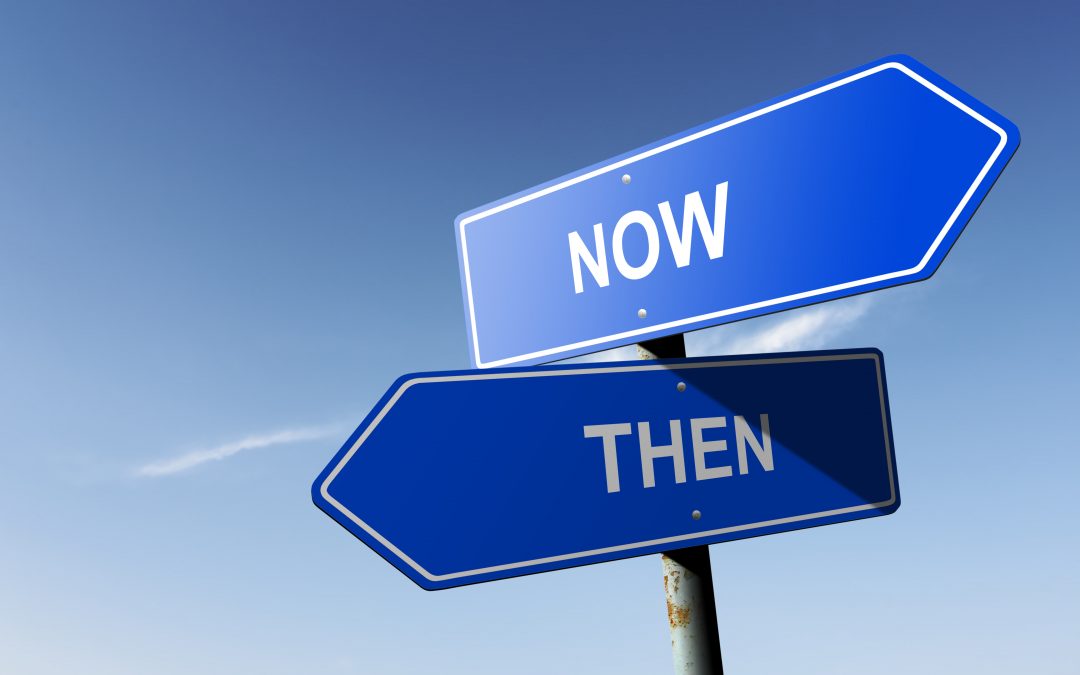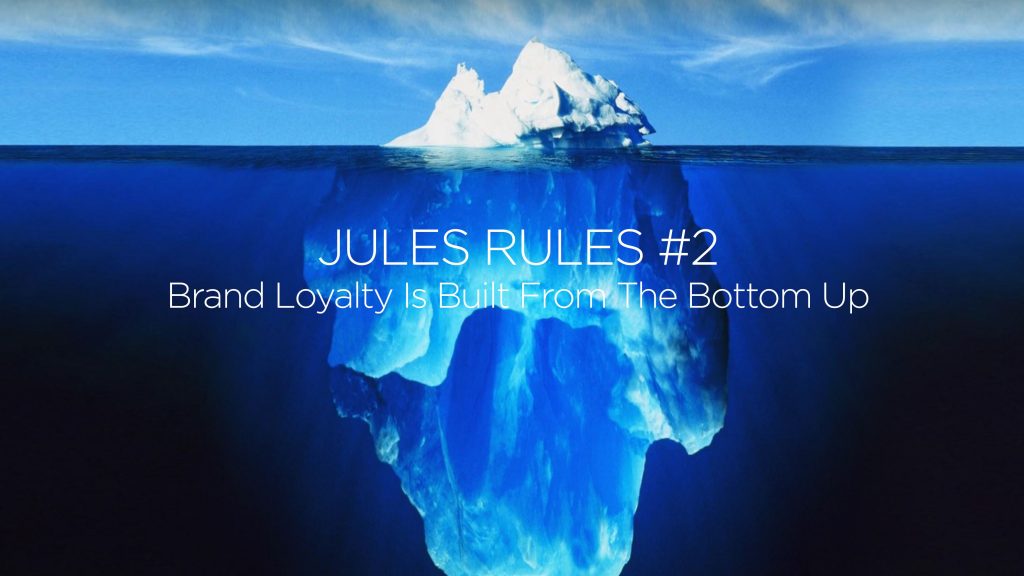I am often reminded of how long I’ve worked in the marketing field. After I get over the shock of realization, I realize how different marketing is now compared to yesterday.
When I started, I really just worried about advertising and PR. Because I started out as a public relations person, it was all about building relationships with reporters, producers and editors. Then I stepped into the world of advertising and I had to learn ratings. Once in the casino environment, I learned the art and science of direct marketing.
Fast forward to ten years ago and I recall sitting in the luxe office of my CEO telling him that we had to have a website if we wanted to book hotel rooms. I can’t even imagine having that conversation today. Earlier this week, I said “Instagram is your friend” to someone looking to make themselves known.
Times surely have changed, and I believe for the better. Gone are the days of “pretty pictures” and shotgun approaches. Modern marketing techniques are now about laser point precise messaging and a constant adjustment based on an ever-flowing stream of data.
Fifteen years ago, people requested brochures to get the information they looked for. They depended on sales people to assist them. Ten years ago, they went to one or two websites for some follow-up information AFTER they spoke to a salesperson. Today, the information available to the consumer is practically endless. The power is now in their hands. Now, the consumer finds every bit of information they can on their own about your product and your competitors BEFORE they take your call and discuss anything with you.
Traditional tools and strategies like mail, general market advertising and sales calls can still be integral to the marketing process, but in the wrong hands they are a waste of time and money. Plus, if they are not part of a total strategic plan, they are truly misused.
DIGITAL HAS CHANGED MARKETING FOREVER
Do you remember the yellow pages? If you weren’t in the phonebook, you didn’t exist. That was then.
Today, search engine optimization, social media, user-generated content and reviews, the use of technology by nearly every man, woman and child and shorter attention spans are now the biggest impacts on modern marketing. It doesn’t matter what type of business you’re in, you have to live digital to stay competitive.
CREATING BUZZ vs PARTICIPATING IN A CONVERSATION
Yesterday, marketers used tactics designed to interrupt us without permission and blindly targeted everyone in the hopes of reaching an interested buyer. Today, marketing is based on understanding the consumer better – their interests and needs – and delivering information they are (actually) looking for.
In addition, long-term campaigns (which used to be the hallmark of big brands) have evolved to short bursts of creative designed for today’s consumer to snack on, real-time and relevant content delivered at fast pace.
BIG BUDGETS AND SMART PLANS
Big budgets are no longer the drivers of success. Today’s successes are built on a thorough understanding of the consumer and providing them with the tools they need to choose you.
LOGO vs BRAND
Gone are the days when slick product packaging and promotion were the definition of success. Today’s brands are built from the bottom up. Like an iceberg, what is below the surface is more important to the long-term viability of the brand.
The biggest shift I’ve seen is accountability. Yesterday’s marketer did not have the data to prove they were driving results. So, when budget had to be cut, it was not unusual to cut the marketing lines. Today’s marketers can (and should) point to specific data that show the result and impact of their efforts.
How you approach marketing each and every day determines how much impact your efforts will have. On the marketing road to revenue, which direction will you take?



Thanks, great article.